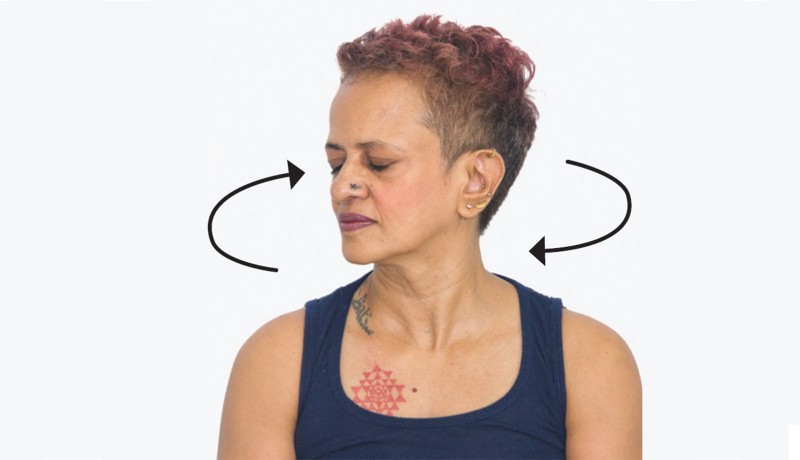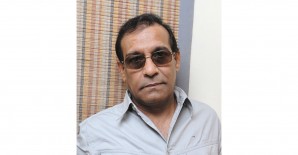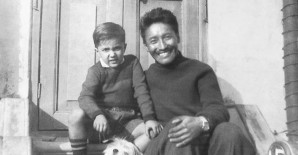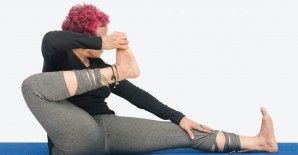
Columns

Shameem Akthar shows simple practices to keep memory loss at bay
Only as late as last year, a fantastic discovery was made by researchers: the mammalian brain uses lymphatic vessels to drain off its waste. Further, different studies linked this to the fact that dramatic degeneration of the brain happens when it is unable to clear this build-up of lymph through vessels that were discovered in the outer membrane of the brain called dura.
Though it is a marvel and a puzzle how the yogic sages made this connection at all, this explains why yoga uses simple exercises used for lymphatic drainage to help treat degenerative brain diseases. These exercises are called joint/energy releasing practices or the pawanmuktasana series. Interestingly, these practices also help manage weight by tweaking the process of lymphatic drainage.
These are essentially simple practices that address each joint system of the body and cover the entire body. Though seemingly simple, they can be very challenging if the number of repetitions is increased. There are several variations for each of these practices, so there can be exciting personal practice (sadhana) built around this series.
Alongside this, for problems related to memory loss or brain-related ailments, you must include pranayama practices that are balancing and calming, like alternate nostril breathing (anulom vilom) and humming bee breath (brahmari). Dynamic meditations, like satsangs, chanting, laughter yoga (hasyoga) and walking meditation, should be part of the treatment. These simple habits can have even more of a dramatic impact on brain health than exotic or difficult poses.
In the latter group, inversions, like the headstand (sirsasana) and shoulder stand (sarvangasana), and forward bends, like the down dog (adhomukhasvanasana) and child pose (balasana) are good for the brain. This may be hyperbolic, but it is said that there are 84 lakh asanas in yoga. So to keep the mind excited about your sadhana, you can use several variations of these practices. When you use props or simpler modifications, even apparently difficult poses can be easily transited.
YOGIC MOVES
Neck circles
(greevasanchalanasana)
This may be done seated or standing. Very gently, roll the neck in a clockwise manner and then in an anti-clockwise manner. This is one round. Do three to five rounds daily, in the morning and evening. Those with neck problems must avoid this altogether, or do only half circles, unless guided by an expert. Movements must be very gentle. Most people do this without awareness and very fast. It is best to coordinate the movement with your breath, doing inhalation in half the movement and exhalation in the other half.
Benefits: This dislodges tension in the neck. Several major lymphatic drainage vessels pass in this region. In alternative therapies, all the nine major energy channels of the body pass through the neck and this clears their pathways.
KNOW YOUR KRIYA
Palming
Close your eyes. Rub your palms vigorously, creating warmth in them. Hold the palms at closed eyelids, gently cupping them. There should be no pressure. The warmth from the palms must be passed on to the eyes. Hold till the warmth is passed on to the eyes, soothing them. Do this three to five times, especially if your eyes are tired, you have been using gadgets too much, reading a lot or even when stressed. Benefits: This relieves both physical and mental stress. In yoga, the practices that deal with eye health belong to the fifth limb, of pratyahara, and are highly regarded because these also impact the mind powerfully. Science has long established that vision and stress conditions are related—the size of the iris changes under stress and the health of the peripheral vision is directly related to our ability to deal with tension.
Shameem Akthar is a Mumbai-based yoga acharya. If you have any queries for her, mail us or email at contact.us@harmonyindia.org. (Please consult your physician before following the advice given here)
Photo: Haresh Patel Featured in Harmony — Celebrate Age Magazine May 2018
you may also like to read
-
Mental workout
Mukul Sharma tells you how to keep those grey cells ticking Everyone will ultimately lose his or her brain….
-
Helpline
Dr Harshbir Rana answers your queries on personal and social issues related to ageing, elder care and intergenerational relationships ….
-
Off the cuff
Raju Mukherji pays tribute to his first hero, Tenzing Norgay, an exemplary mountaineer Darjeeling, 1955. Dr ‘Pahari’ Guha Mazumdar….
-
Yoga RX
Shameem Akthar shows ways to control debilitating ankle pain through regular practice Ankle pain is so common and prevalent….







